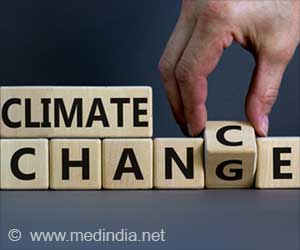Scientific research has shown that countries in the Asia-Pacific region face an era of mega-disasters affecting hundreds of thousands of people as urbanization, climate change and
Scientific research has shown that countries in the Asia-Pacific region face an era of "mega-disasters" affecting hundreds of thousands of people as urbanization, climate change and food shortages amplify the impact of natural catastrophes such as earthquakes and cyclones in coming years.
According to a report in Sydney Morning Herald, scientists at Geoscience Australia conducted the research.The research, which has prompted the Australian Prime Minister, Kevin Rudd, and the Indonesian President, Susilo Bambang Yudhoyono, to establish a joint disaster training and research centre, identifies Indonesia, the Philippines and China as the countries most likely to experience large-scale disasters.
The research team analyzed the incidence of hazards such as earthquakes, cyclones, tsunamis and volcanoes throughout the region and then estimated the numbers of people who would be killed or injured or lose their homes or essential services.
This risk assessment found that so-called mega-cities in the Himalayan belt, China, Indonesia and the Philippines were prime candidates for earthquakes that could cause more than a million deaths.
Hundreds of thousands could be seriously affected by volcanoes erupting on average once a decade in Indonesia and once every few decades in the Philippines.
Tsunamis, floods and cyclones affecting tens of millions of people were likely in low-lying "mega-deltas" like Bangladesh, which were experiencing population explosions and were vulnerable to climate change.
Advertisement
The Geoscience Australia risk assessment fed into a wider study by AusAID and other Australian and Indonesian government agencies which concluded that the severity of humanitarian crises in the region was increasing due to the interaction of climate change, urbanization, poor land use planning and tension about access to resources.
Advertisement
Alanna Simpson, a scientist at Geoscience Australia, said that the risk assessments used data for the Asia-Pacific from the past 400 years and modelling to predict the frequency of natural hazards.
"Whilst the incidence of natural hazards themselves - earthquakes, volcanic eruptions and the like - hasn't really changed, the sheer number of people living in the Asia-Pacific region means any earthquake has the potential to affect hundreds of thousands, if not millions," said Dr Simpson.
Source-ANI
SK









